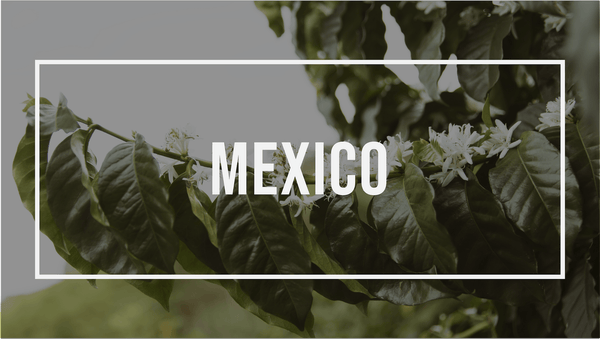Latin America: Mexico
On small and mountainous farms run mainly by indigenous producers, you’ll find an often-overlooked gem growing: Mexican coffee. Mexico has a lot to offer: distinctive and fruity profiles, a positive social and environmental impact, and a rich heritage in coffee production. One of the things that has set Mexico's coffee apart is the abundance of both Fair Trade- and organic-certified coffees, especially in areas like Oaxaca, Veracruz, and Chiapas.
General taste profile
Mexican coffees very often have subtle notes of fruit, citrus and caramel, even chocolate. They are mild with a light and creamy body.
Growing regions
VERACRUZ can boast of being the first Mexican state in Mexico to see a coffee tree planted in its soil, back in the 18th century. With coffee growing on inland mountains at 1,100–1600 m.a.s.l., Veracruz is the most technologically advanced states, with more disease-resistant varieties and controlled sowing.
CHIAPAS is nestled on the Guatemalan border and the state’s best coffees is growing between 1,300 and 1,700 m.a.s.l. Chiapas also holds the crown for producing the most coffee in Mexico, at 40% of the country’s total yield.
OAXACA has coffee plantations generally located between 900 and 1,650 m.a.s.l. Many producers here eschew modernisation in favour of traditional cultivation methods. You can find 80-year-old farms worked just as they were in the 1940s. In addition, almost 70% of the varieties are traditional to this region.
Common varieties
Bourbon, Typica, Caturra, Mundo Novo, Maragogype, Catimor, Catuai and Garnica.
Processing methods
Washed or mechanically demucilaged



